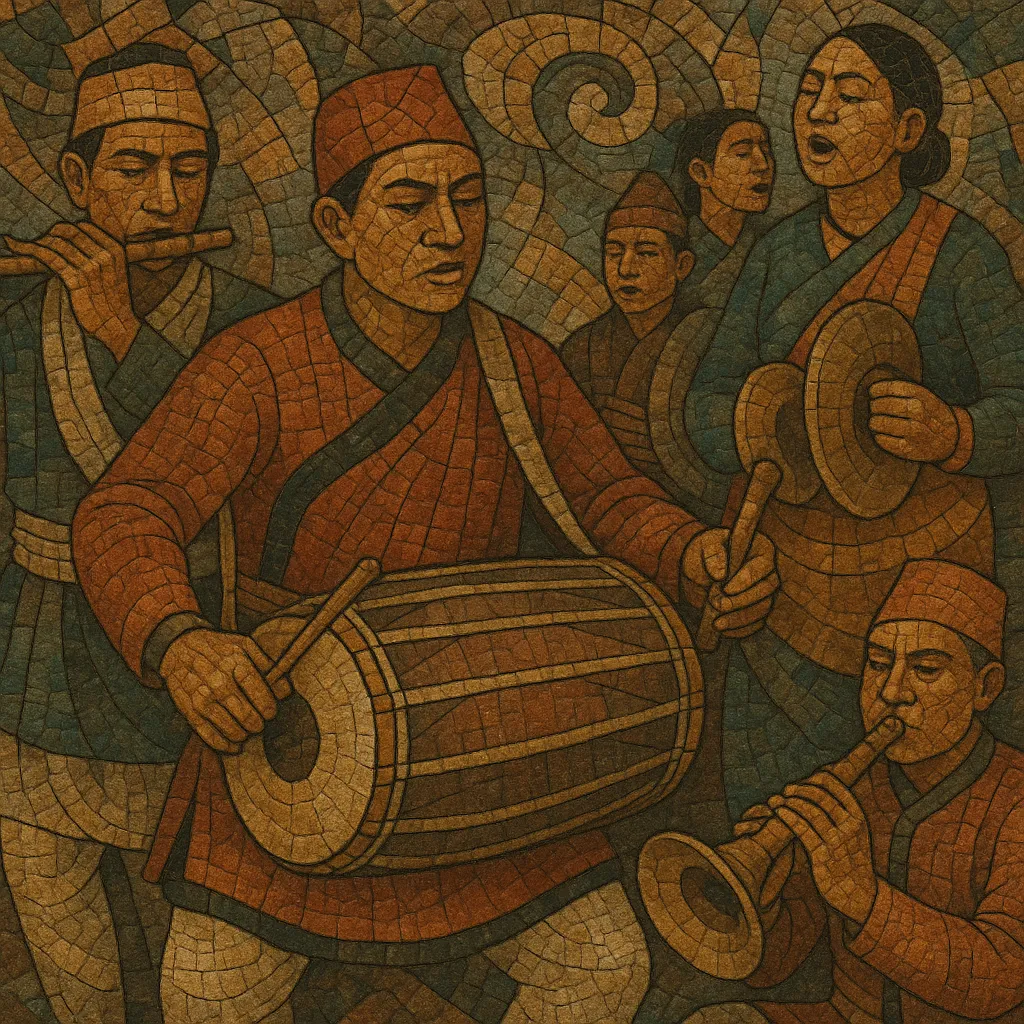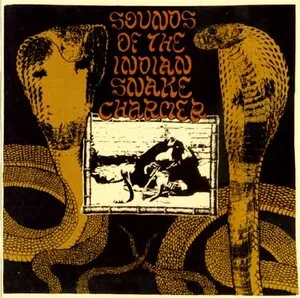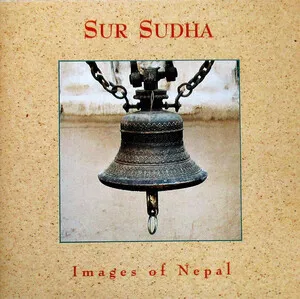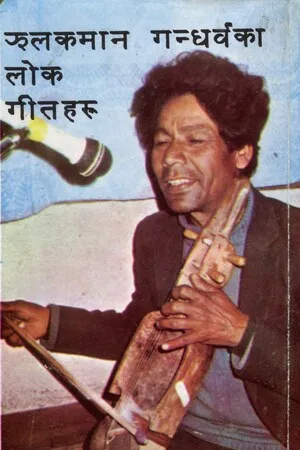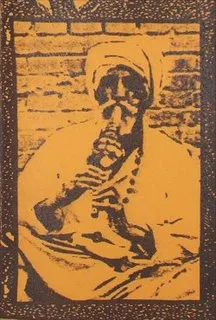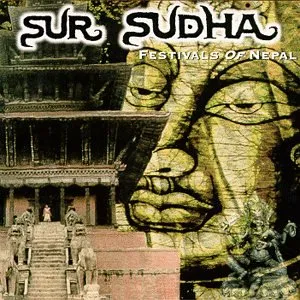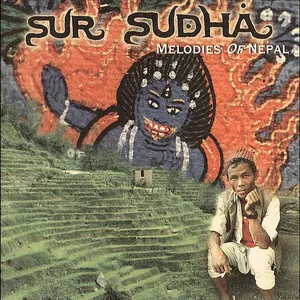Newa folk music is the traditional music of the Newar (Newa) people of the Kathmandu Valley in Nepal. It is rooted in devotional choral singing (Dapha), Buddhist processional ensembles (Gunlā Bājan), and seasonal/ritual repertoires performed in courtyards and streets.
Its sound is defined by powerful double-headed drums (dhime/dhimay, nāykhin), interlocking cymbals (bhusya, jhyāli/ṭā), piercing double-reed shawms (ponga), and bamboo flutes (bānsuri), often supporting unison or antiphonal group singing in Nepal Bhasa (the Newar language). Melodies draw on Hindustani raga thinking adapted to local modes and festival calendars, with cyclical tāla patterns suited to both processional movement and contemplative devotion.
Themes span devotion to Hindu and Buddhist deities, cycles of the agrarian and ritual year, love and social life—epitomized by iconic songs like “Rajamati,” which many listeners associate with the Newa musical heritage.
Newa folk music coalesced as a distinct urban folk tradition during the Malla period (ca. 14th–18th centuries), when the Newar city-states of Kathmandu, Patan (Lalitpur), and Bhaktapur developed rich music–dance cultures. Court patronage, temple networks, and community guilds (guthi) nurtured a repertoire that drew on Hindustani raga–tāla principles while codifying local modal flavors and ritual calendars.
Two intertwined pillars are Dapha (devotional choral singing) and Gunlā Bājan (Buddhist processional music during the lunar month of Gunlā). Dapha ensembles (dāphā khalah) sing in courtyards (bahal/bahi) with drums and cymbals, observing seasonal raga rules. Gunlā Bājan groups lead processions to monasteries and shrines with dhime, bhusya, and ponga, energizing communal pilgrimage and festival life (e.g., Yenya/Indra Jatra, Nava Durga dance cycles).
Core instruments include dhime/dhimay and nāykhin (double-headed drums), bhusya and jhyāli/ṭā (cymbals), ponga (shawm), bānsuri (flute), and khin (smaller double-headed drum used in bhajan). Ensembles emphasize unison/heterophony over harmony, with cyclical drumming patterns and cymbal interlocks supporting chant-like or responsorial vocals.
Throughout the 20th century, community ensembles preserved practice through guthi obligations even as urbanization and modern media reshaped performance contexts. Canonical songs such as “Rajamati” reached wider audiences via radio and records. In the 21st century, cultural organizations, youth ensembles, and folk bands have revitalized Gunlā Bājan and Dapha for stage and studio, while retaining their ritual roles. This living tradition continues to anchor Newar identity and Kathmandu Valley festival soundscapes.

